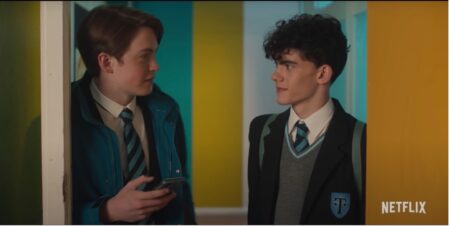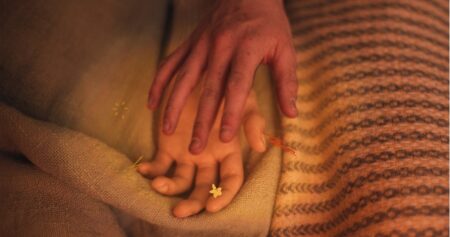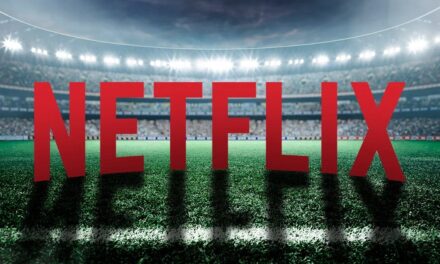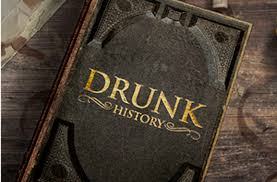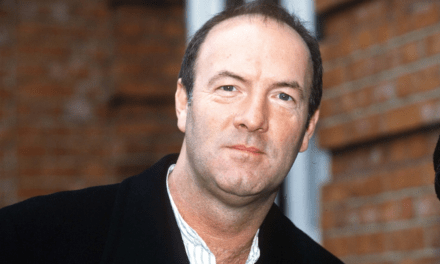In the age of Riverdale and Euphoria – both “teen” dramas as much as a rabbit is a lamp – I have found a real teen television gem I would like to introduce you to. Netflix/See Saw’s adaption of Alice Oseman’s Heartstopper graphic novels has blown up across the world. It has featured in the top 10 on UK Netflix since its release. Oseman and cast have appeared on various media outlets, including the BBC and This Morning, and featured in Series 19 of Gogglebox on 13th May, picking up steam in the US and internationally. It’s practically a new religion on social media.
The tale begins with Charlie Spring (Joe Locke), a quiet nerd – already “out” to his school – being placed next to Nick Nelson (Kit Connor) in form for the new school year. Charlie likes Nick instantly. But Nick is the “rugby king”, a popular straight boy… from there, the two become friends, and as Charlie’s unrequited crush continues to grow, it becomes clear that it might not be unrequited. It is a refreshingly British production (where the majority of modern queer stories are American), set in a secondary school with language and behaviour familiar to anyone who grew up with being put into “forms” before first lesson.
Perhaps a lot of the quality can be attributed to Oseman’s heavy involvement in the writing and production – seen on screen in small and large ways, from the graphic design touches to the almost word-for-word adaption from the novels/webtoon. The show uses her original artwork to enhance the other subtextual undercurrent of raging hormones. Sort of like how Tracy Beaker used sketches to inject a bit of fun. These little touches elevate the series from a standard teen drama. There are plenty of examples; including flowers used to express attraction, harsh, jagged scribbles for pain; and neon circles for connection. There are these little moments where the characters warp reality, envisioning their deepest desires and fears on screen. It is a perfect encapsulation of what it’s like to be a teenager. My favourite example is the sparks that crackle between Nick and Charlie’s hands in the second episode (“Crush”).
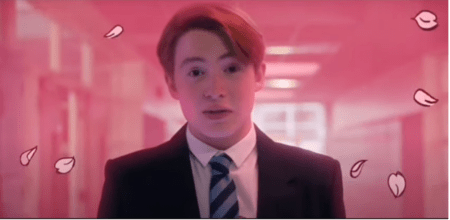
Fig. 3: Charlie envisions a Prince Charming love declaration while Nick just wants to ask if he’ll join the rugby team. (S01E01 “Meet”)
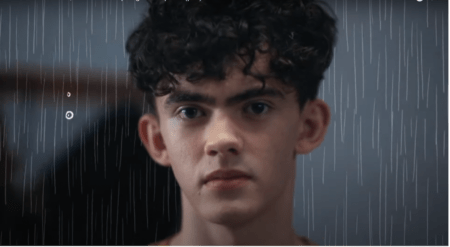
Fig. 4: Nick asks, “Is it ok if we…” “keep this a secret?” Charlie finishes, looking significantly more glum in Nick’s recollection. (S01E04 “Secret”)
Importantly, the show is not just for the younger crowd. Many older queer people have expressed deep enjoyment of Heartstopper. “I’m a 47 year old gay man, and with all I’ve seen over the years, my heart has never been touched in such a profoundly sweet way as this show has done,” Cal Kestis Nation comments on a Youtube reaction to episode 4. “I can’t describe how beautiful this show is.” When looking through reactions on social media, I came across similar comments frequently; “I’m 31 and growing up we just didn’t see these stories on screen and I’m so happy that LGBTQ+ youth today have shows like this,” Brandon Smith writes. “I watched this entire show in one night and it just made my heart so warm.”
Here, what sets Heartstopper apart is the type and style of conflict. Audiences (especially queer ones) have been primed for pain and tragedy at all turns. From the quintessential Brokeback Mountain to the latest Supernatural finale blunder, it’s standard practice to see LGBT+ characters punished. I spent the entire run time waiting for the other shoe to drop. Many others did too. The inclusion of a happy transgender character (Elle, played by Yasmin Finney – soon to be on Doctor Who!) also made me brace for the inevitable downfall. But the show never deviates from its saccharine tone, maintaining tonal consistency right up until it’s final moments. It is quite an impressive feat over 5 hours.
The exploration of awkward, pubescent attraction between all kinds of sexualities and genders is at the forefront, and unlike Euphoria, which sees it’s teenage characters (played by adults) sexually active every other scene, Heartstopper has teenagers playing more genuine expressions of growing pains. “Not all intimacy requires kissing or sex. Sometimes not touching can be just as powerful,” Gregory writes in his interview with David Thackeray, the show’s intimacy coordinator. Thackeray “was quite overwhelmed to see how much of an impact it’s had. (…) It’s been huge and what a beautiful thing to be a part of.”
Heartstopper’s parents are largely irrelevant (not unlike the slasher genre…) as the characters’ chief concerns are, as they are in real life, their peers and school lives. Whether their crush likes them back is life and death. It is so engrossing, in fact, that it feels like you will live and die with their highs and lows too. “It takes you right back to those school days and the way your heart flutters just sitting next to your person,” Rachel writes.
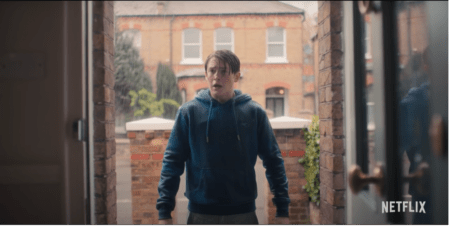
Fig. 5: Macfadyen’s Mr. Darcy would be proud – Nick shows up in the rain at Charlie’s door after running away from their first kiss. Cue cheering. (S01E03 “Kiss”)
Significantly, the will they/won’t they narrative isn’t stretched as long as you would expect. This came as a surprise to me. If you haven’t heard of “queerbaiting” – a contemporary term used to describe an old phenomena – Eve Ng describes it as when media makers ‘court viewers interested in LGBT narratives—or become aware of such viewers—and encourage their interest in the media text without the text ever definitively confirming the nonheterosexuality of the relevant characters’ (2017). It essentially exploits their interest for views and cash. However, Nick and Charlie express their attraction to each other after a painstakingly tense 3 episodes out of 8. The majority of the narrative is concerned with how they deal with their relationship, from their friends (the approving and disapproving kind), parents (Olivia Coleman guest stars as Nick’s mum!), and their journey “out” of the closet together. After a lovely storyline as he researches, explores, and examines himself, Nick ultimately decides that he is bisexual. “We’re boyfriends!” he proudly shouts into the sea in the finale (“Boyfriend”).
Heartstopper is a sorely needed breath of fresh air. Thankfully, many others agree, and it has been renewed for two more seasons – yay! The comic is available in full for free here, or you can buy the collected volumes in physical form at any booksellers. Of course, the show is available with a Netflix Subscription.
Come talk to me about Heartstopper on Twitter!
Rebecca Pearce is an MA student at Birkbeck, University of London and works in higher education student recruitment. She likes to write about shows she loves to anyone who’ll listen.


